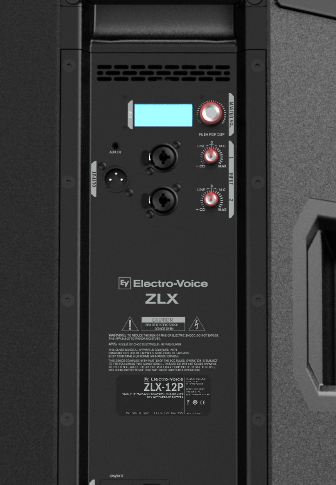Are you wondering what the big difference is between active and passive speakers? With all of the options out there it's hard to decide what is the right choice for you and your application. Here's a quick explanation of both types of speakers.
Active speakers have a built-in amplifier, which gives them a higher-quality production of sound, less intermodulation distortion, greater output of sound pressure and higher dynamic range blowing fewer drivers.
Active speakers are easy to setup and to utilize, particularly in portable situations. However, they do come with the need for more wires, AC electricity and audio signal cabling, and tend to be more expensive. They also limit your ability to tailor your amplifier to your speaker system.
Active speakers are best utilized for musicians who do gigs often, small venues, and other applications where a large sound system is not required.
Passive speakers are more common. They are lighter and less expensive, but they will require a separate amplifier and possibly even a separate processor. However, they require fewer wires – just one speaker wire to an amplifier.
Because you can upgrade or switch amps as you choose, there’s more room to tailor your system with passive speakers, but it can be more difficult to find a particular amp that works well with your system.
Passive speakers are best utilized in areas where large sound installations are needed such as banquet halls, churches, or concert halls where multiple speakers are required. This will prevent over-heating and make euipment replacement easier since all of your pieces can be replaced separately.
Hopefully, learning their differences will make it easier to choose the best solution. However, if you find you still have questions, feel free to give us a call at (888) 256-4112.



